In the fast-paced world we live in, staying productive is crucial for achieving our goals and maintaining a healthy work-life balance. With the abundance of tasks and distractions vying for our attention, it's easy to feel overwhelmed and lose focus. However, with the right tools and strategies, such as a productivity planner, you can take control of your time and accomplish more with less stress. In this article, we'll explore ten effective strategies to help you maximize productivity with your productivity planner.
Set Clear Goals and Priorities
The first step in maximizing productivity with your productivity planner is to set clear, achievable goals. Take some time to define what you want to accomplish in the short term and long term. Break down your goals into smaller, actionable tasks and prioritize them based on importance and urgency. Your productivity planner should have sections for setting goals and prioritizing tasks, allowing you to stay focused on what matters most.
Plan Your Day in Advance
One of the most effective ways to maximize productivity is to plan your day in advance. At the end of each day or first thing in the morning, take a few minutes to review your tasks and schedule them in your productivity planner. Allocate specific time slots for each task, taking into account your energy levels and peak productivity hours. By having a clear plan for the day ahead, you'll be less likely to get distracted or waste time on unimportant activities.
Use Time Blocking Techniques
Time blocking is a productivity technique that involves scheduling specific blocks of time for different tasks or activities. Instead of jumping from one task to another throughout the day, allocate dedicated time blocks for focused work, meetings, breaks, and personal activities. Use your productivity planner to map out your time blocks and ensure that you allocate enough time for each task. Stick to your schedule as much as possible, but be flexible enough to adjust if unexpected interruptions arise.
Practice the Two-Minute Rule
The two-minute rule is a simple yet powerful productivity hack that can help you tackle small tasks and avoid procrastination. The rule is straightforward: if a task takes less than two minutes to complete, do it immediately. Whether it's responding to an email, making a quick phone call, or filing paperwork, addressing these small tasks right away can prevent them from piling up and consuming more time later. Your productivity planner can serve as a handy tool for identifying and prioritizing these quick tasks.
Break Larger Tasks into Smaller Steps
Large projects or tasks can feel overwhelming, leading to procrastination and decreased productivity. To overcome this, break down big tasks into smaller, more manageable steps. Use your productivity planner to create a checklist or action plan for each task, outlining the specific actions you need to take to complete it. By focusing on one small step at a time, you'll make progress steadily and feel a sense of accomplishment as you check off each item.
Limit Distractions and Interruptions
Distractions and interruptions are productivity killers that can derail your focus and momentum. To maximize productivity, identify common distractions in your environment, such as social media, email notifications, or noisy surroundings, and take steps to minimize them. Set boundaries with coworkers or family members, use productivity tools to block distracting websites, and create a dedicated workspace free from clutter and distractions. Your productivity planner can include sections for recording distractions and brainstorming ways to eliminate them.
Incorporate Regular Breaks
While it may seem counterintuitive, taking regular breaks is essential for maintaining productivity and preventing burnout. Breaks give your brain a chance to recharge and refocus, allowing you to return to your tasks with renewed energy and clarity. Use your productivity planner to schedule short breaks throughout the day, such as a five-minute stretch break every hour or a longer lunch break midday. During your breaks, engage in activities that help you relax and recharge, such as going for a walk, meditating, or chatting with a colleague.
Review and Reflect Regularly
To ensure that you're making the most of your productivity planner, take time to review and reflect on your progress regularly. Set aside dedicated time each week to review your goals, tasks, and productivity habits. Use your planner to track your accomplishments, identify areas for improvement, and adjust your strategies as needed. Reflecting on your productivity allows you to learn from past experiences and make informed decisions about how to optimize your workflow moving forward.
Practice Mindfulness and Mindful Planning
Mindfulness is a practice that involves being fully present and aware of your thoughts, feelings, and actions in the present moment. Incorporating mindfulness into your productivity planning can help you stay focused, reduce stress, and make more intentional choices about how you use your time. Before diving into your tasks, take a few moments to center yourself, clear your mind, and set your intentions for the day. Use your productivity planner as a tool for mindful planning, staying present as you schedule your tasks and priorities.
Celebrate Your Progress
Finally, don't forget to celebrate your progress and accomplishments along the way. Acknowledge your hard work and achievements, no matter how small they may seem. Use your productivity planner to record your successes, whether it's completing a challenging project, reaching a milestone, or mastering a new skill. Celebrating your progress not only boosts your motivation and confidence but also reinforces positive habits and behaviors that contribute to long-term productivity and success.
Conclusion
Maximizing productivity with your productivity planner is all about adopting effective strategies and habits that help you stay focused, organized, and motivated. By setting clear goals, planning your day, using time blocking techniques, and incorporating breaks and mindfulness into your routine, you can make the most of your time and accomplish more with less stress. Whether you're tackling work projects, personal goals, or a combination of both, a productivity planner can be a valuable tool for staying on track and achieving success.
Learn more: Productivity Store | We Make the World's Best Planners and Journals

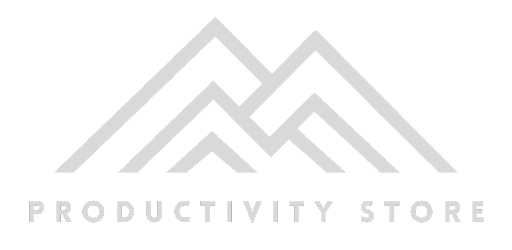
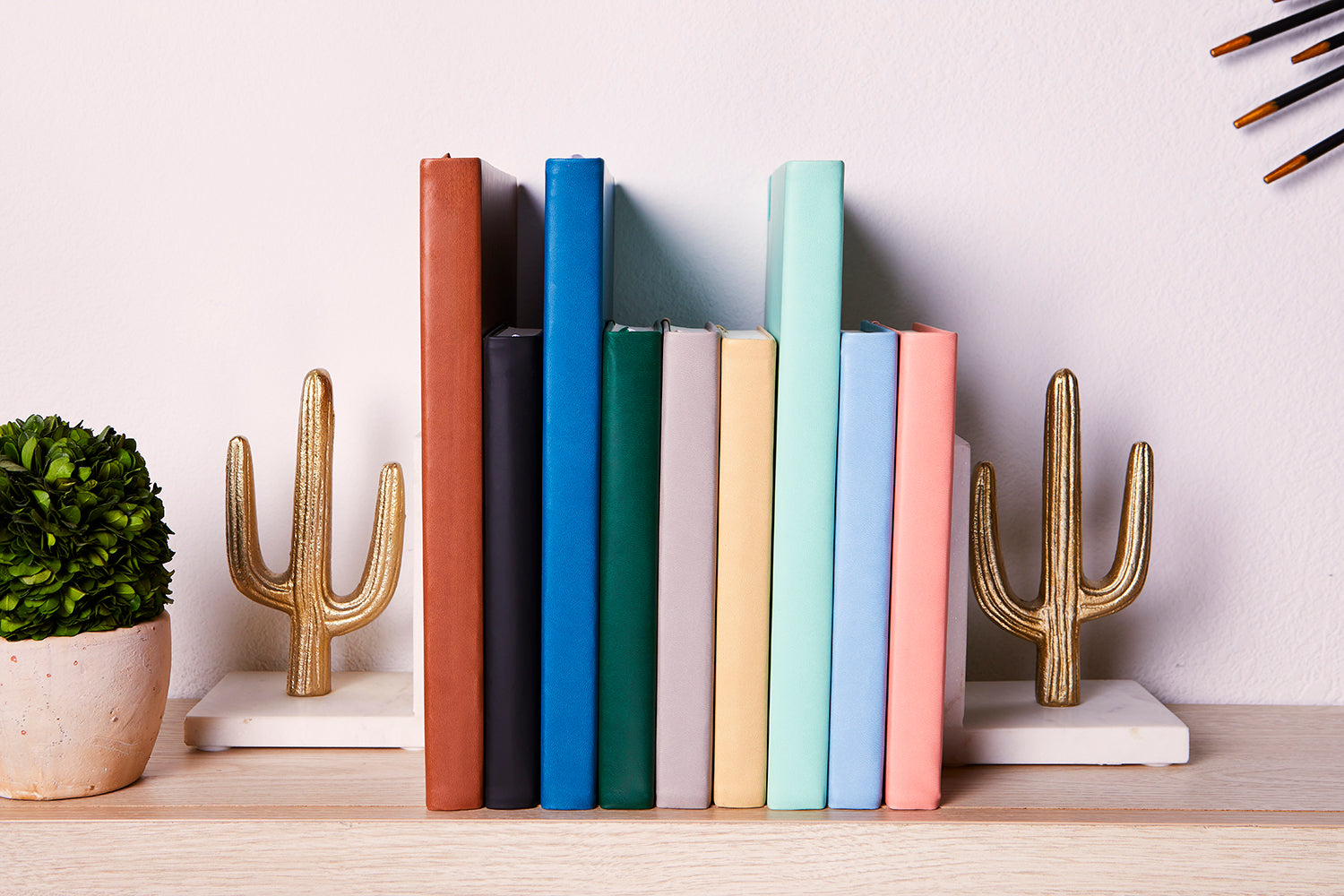
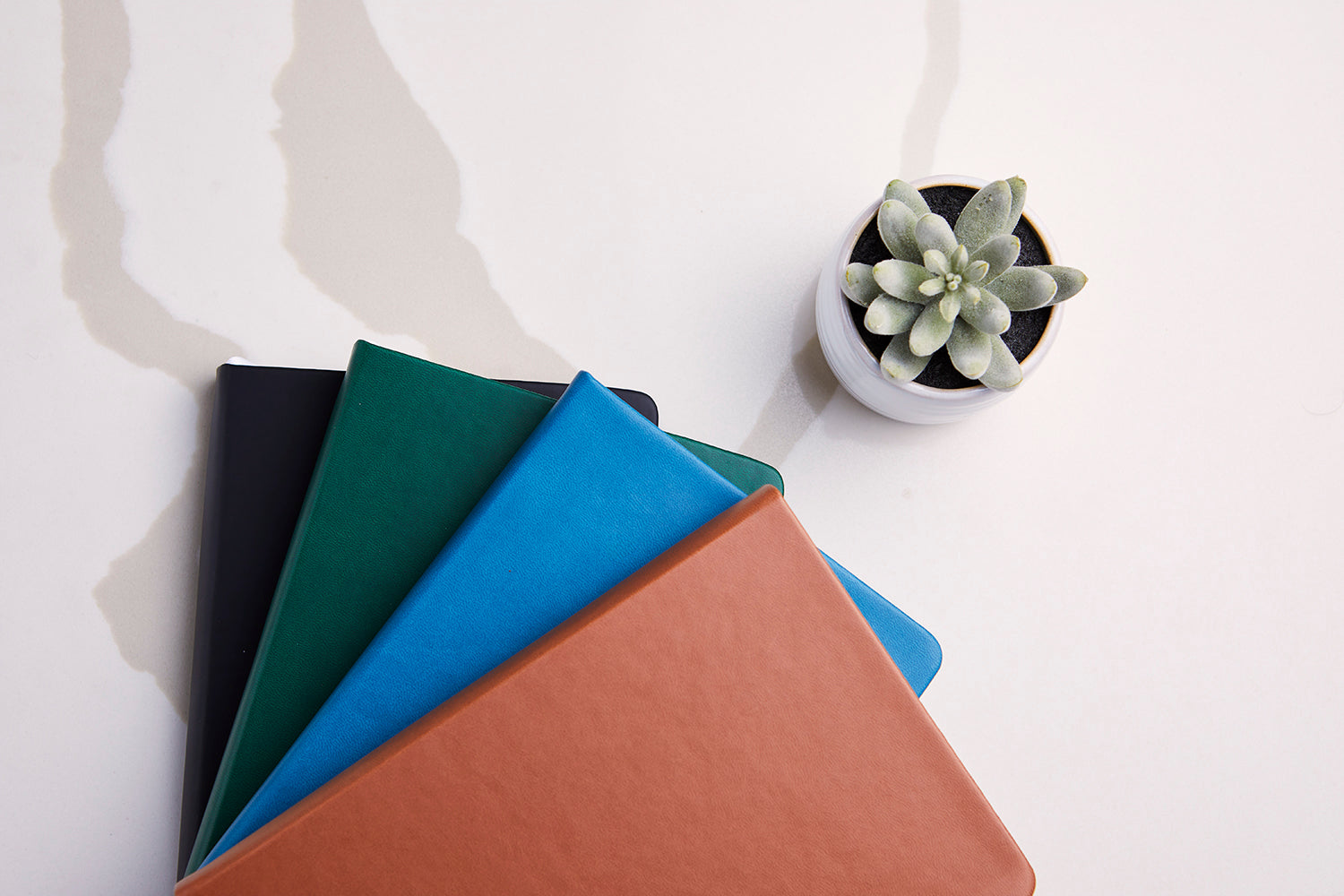
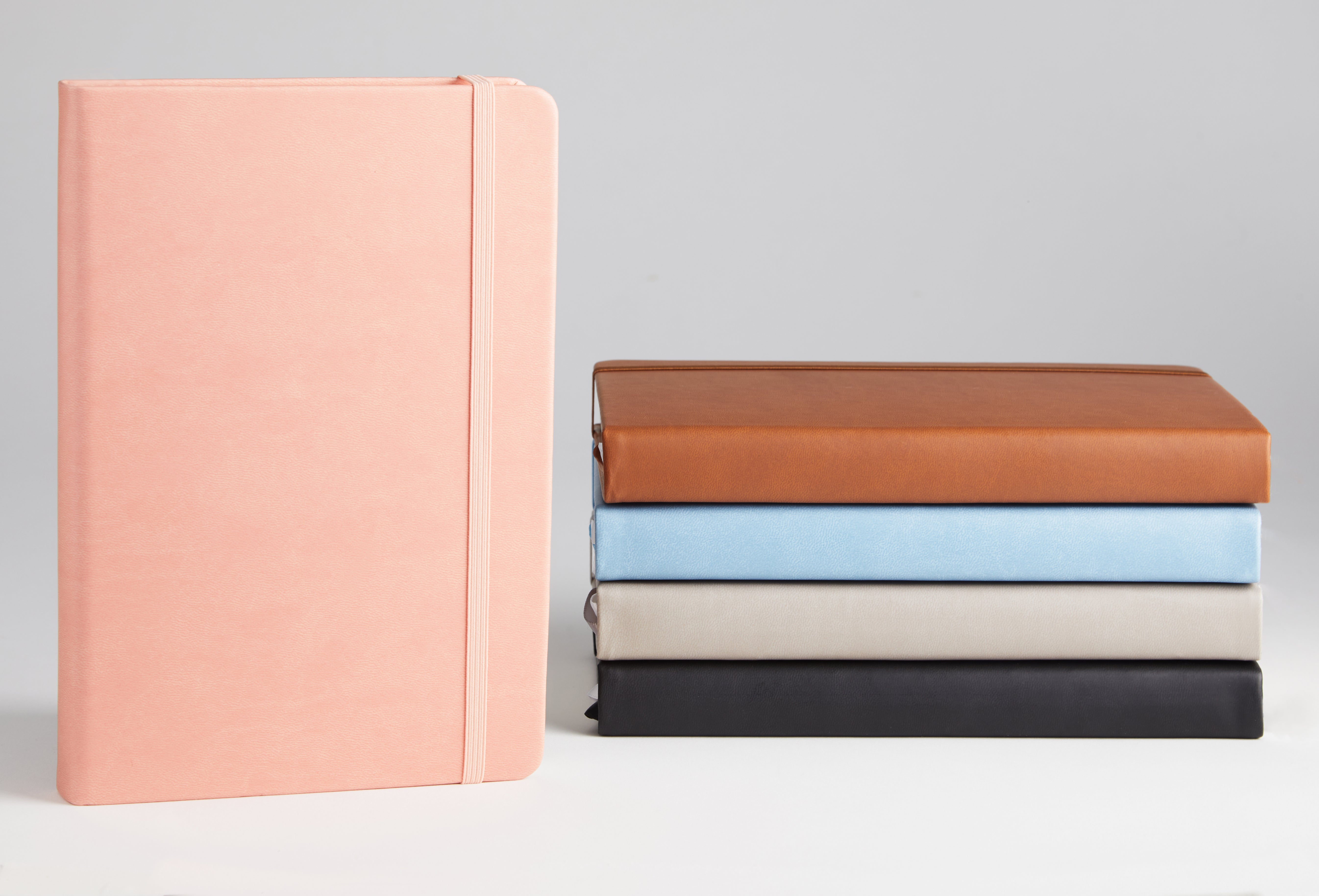
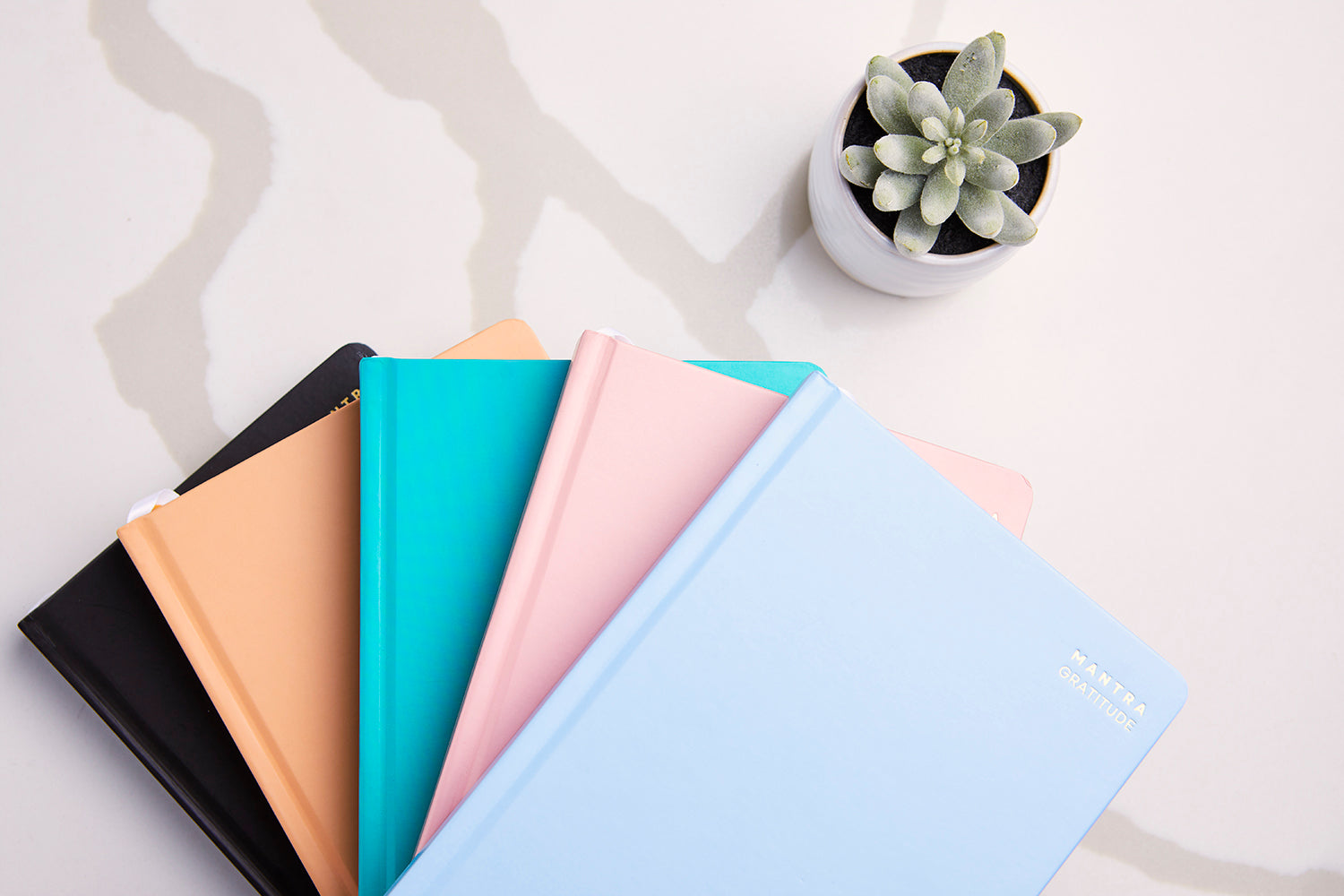

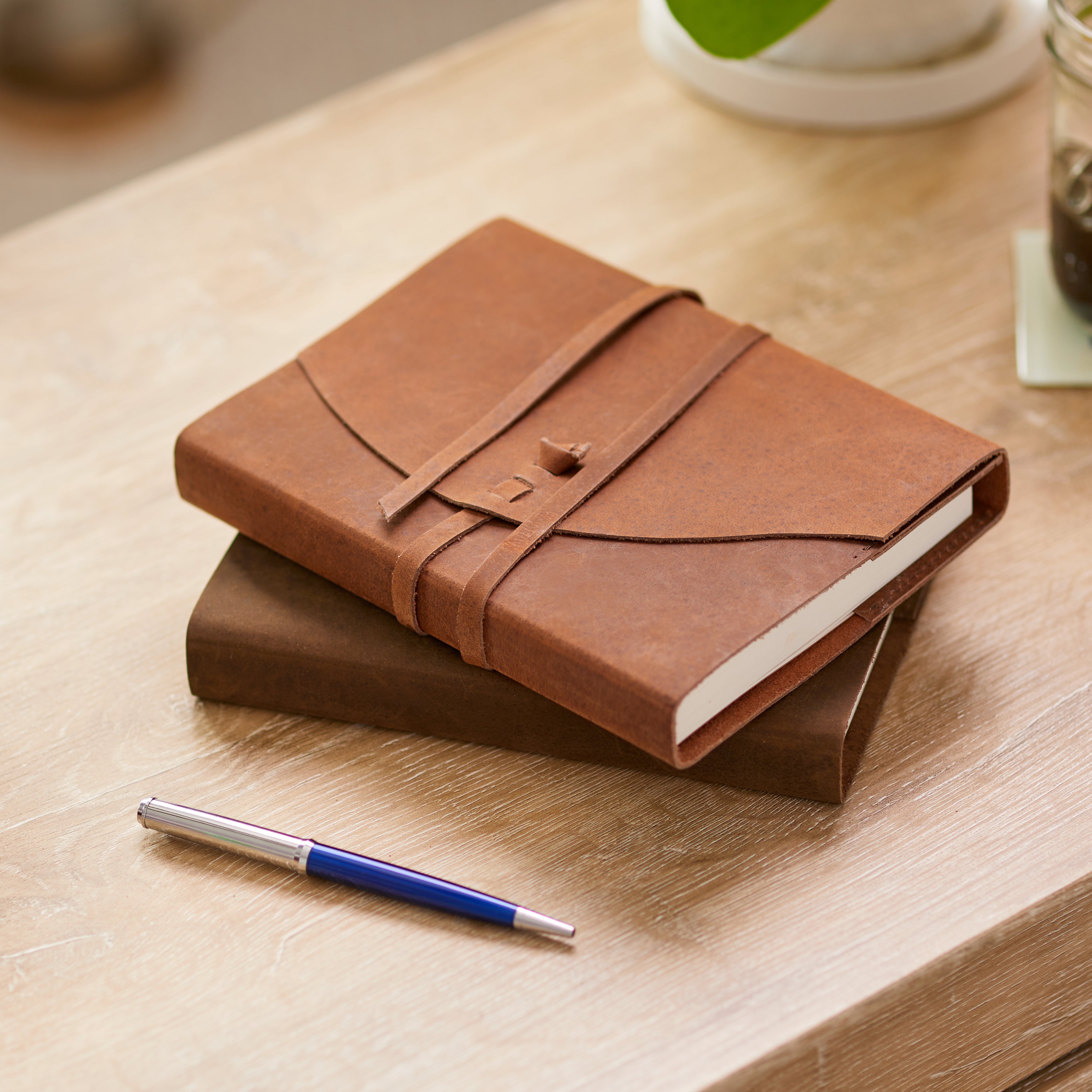
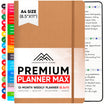
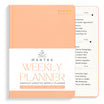
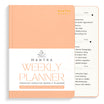
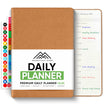
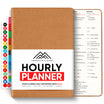
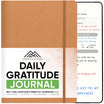
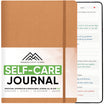
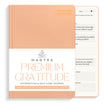
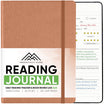
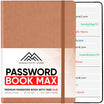
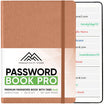
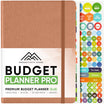
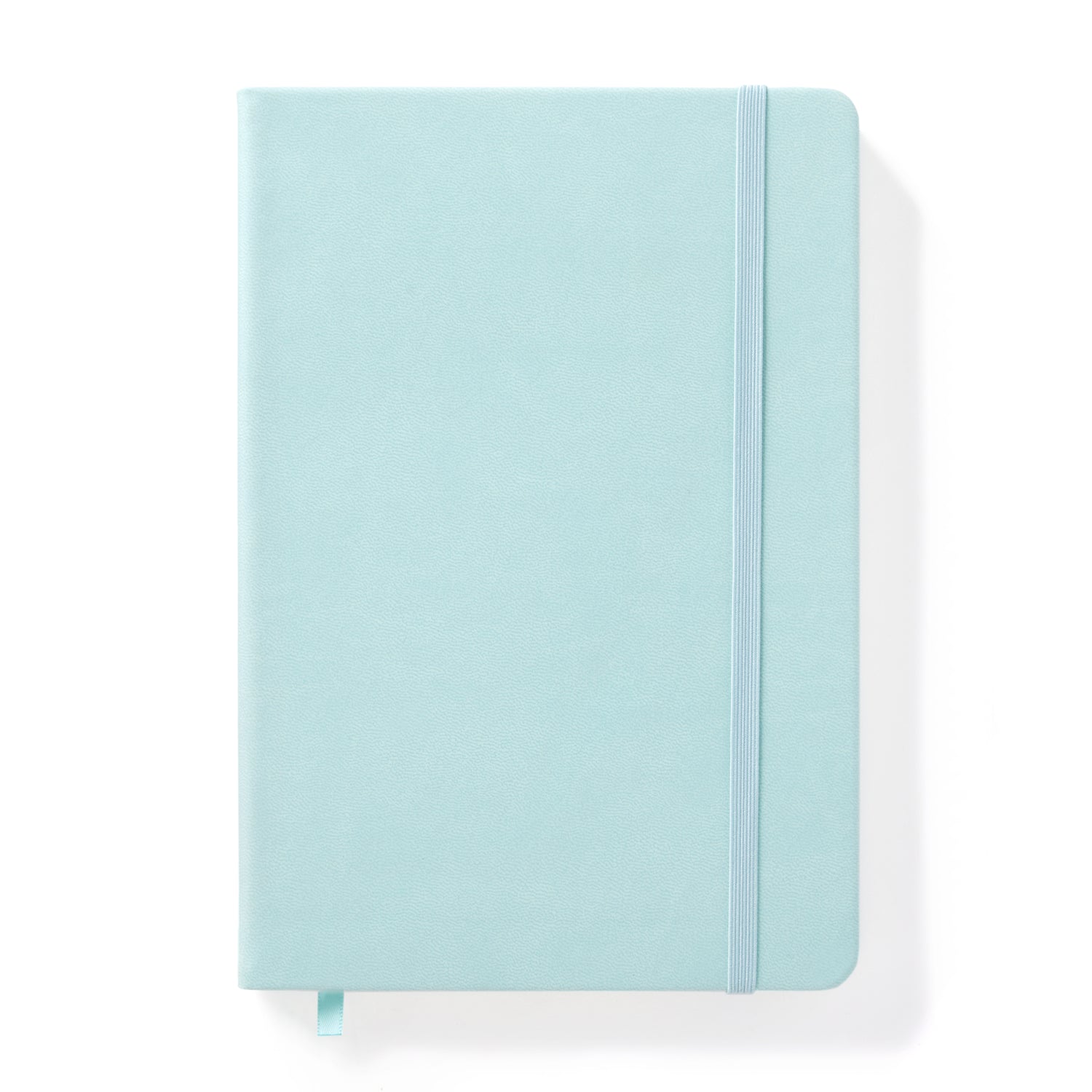
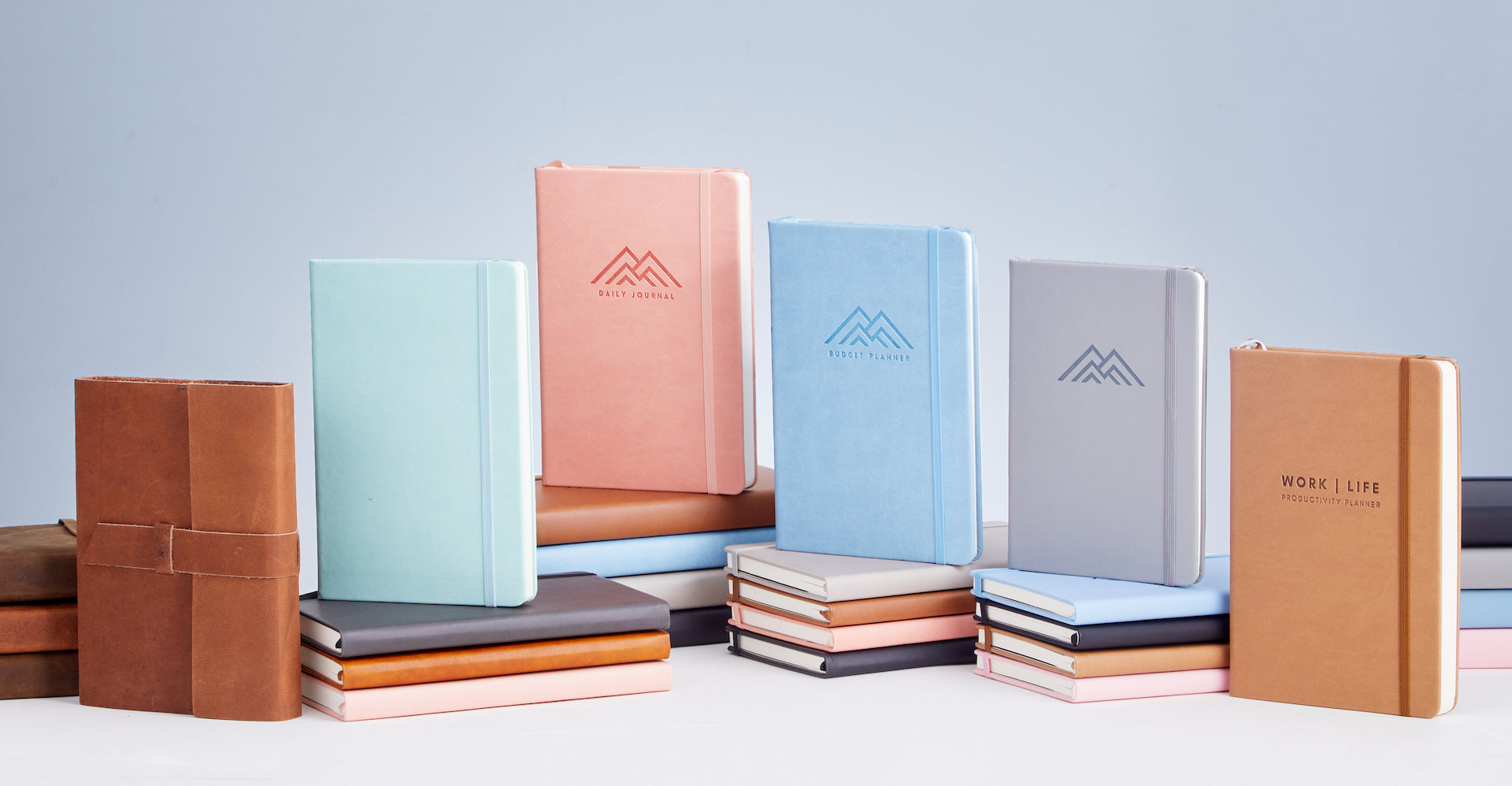

Leave a comment
All comments are moderated before being published.
This site is protected by hCaptcha and the hCaptcha Privacy Policy and Terms of Service apply.